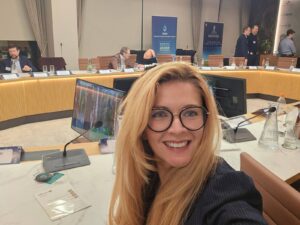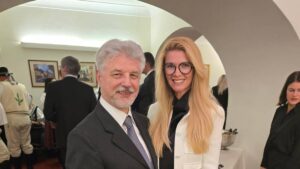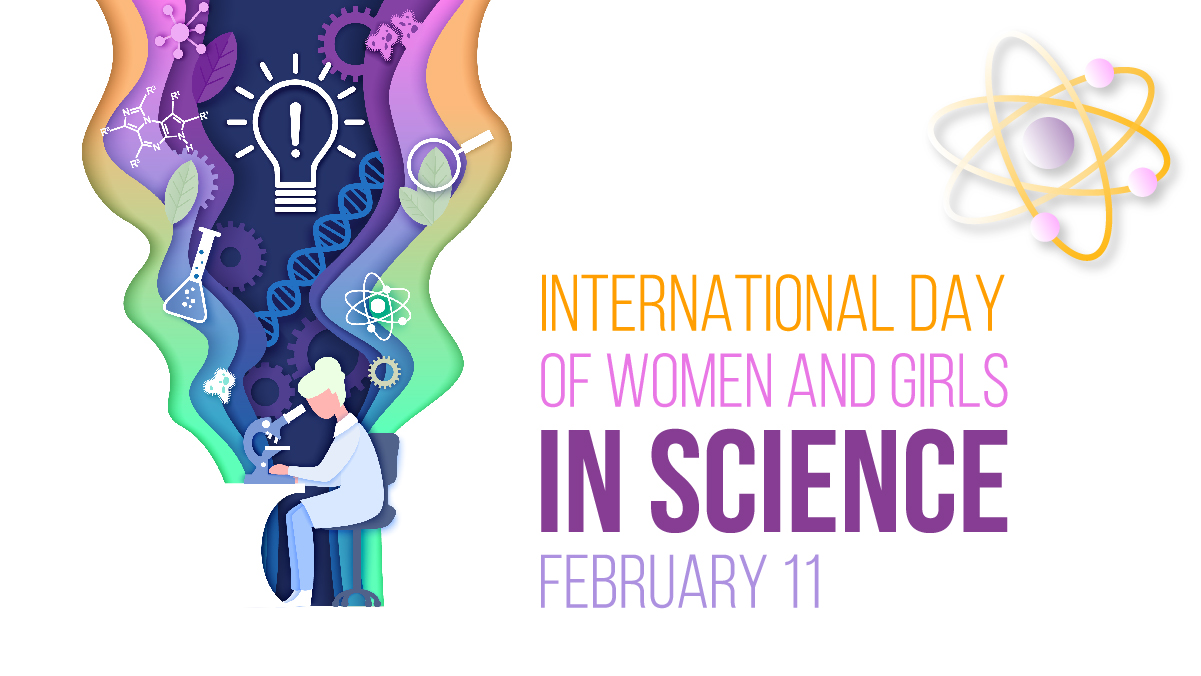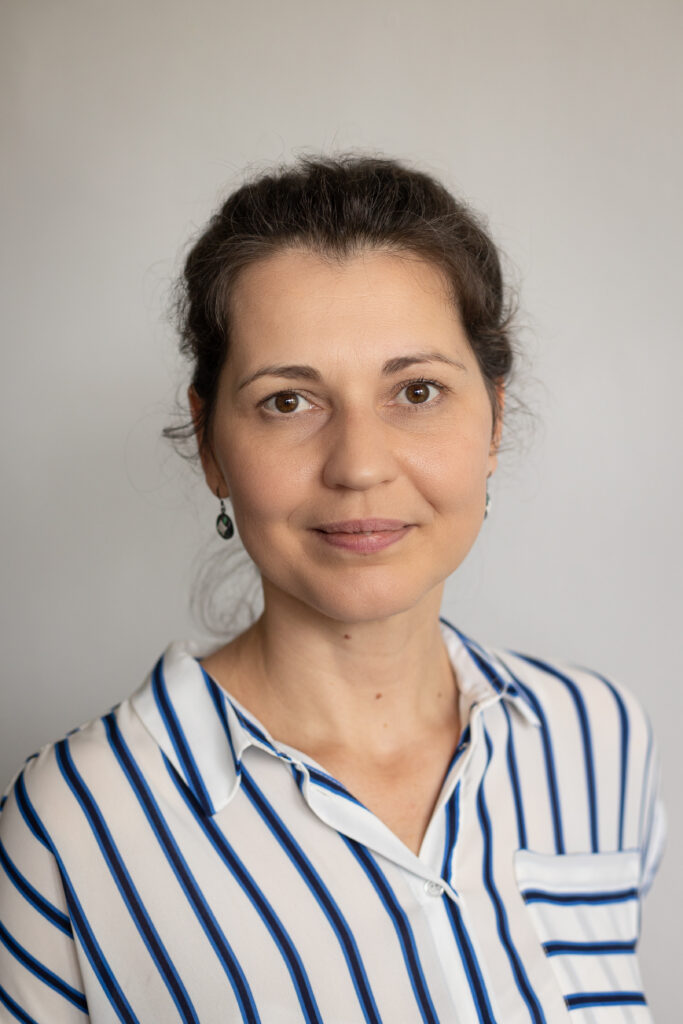International Day of Women and Girls in Science
The International Day of Women and Girls in Science, celebrated annually on February 11th, was proclaimed by the United Nations General Assembly in 2015. This day reminds us that women and girls play a crucial role in science and technology and that their support in this area needs to be further enhanced. The contribution of women in science is invaluable, from basic research to the development of technologies. Women, such as Marie Curie, Rosalind Franklin, and many others, have had a fundamental impact on our understanding of the world.
Nevertheless, to this day, their presence in science remains under-dimensioned and often faces obstacles such as prejudice and inequality. Women in STEM (Science, Technology, Engineering, and Mathematics) fields face multiple challenges, including gender stereotypes and a lack of mentors and support. They also very often encounter worse conditions for the possibility of career advancement. These obstacles are very complicated and complex, requiring coordinated efforts at national and international levels to overcome them.
International Day of Women and Girls in Science is a celebration, but also a call to action. The aim is not only to recognize the contributions of women in science, but also to:
- Raise awareness of the importance of gender equality in science and research.
- Support policies that open up more opportunities for women and girls in scientific disciplines.
- Remove barriers that prevent women from reaching their full potential in science.
- To inspire future generations of women to follow their passions in science and technology fields.
The International Day of Women and Girls in Science is an important reminder that despite the progress we have made, there is still a long way to go to achieve full gender equality in science. The aim of this international day is to point out that we need to create a world in which women and girls will be able to contribute to scientific progress and innovation without limitations (work, social...).
According to UNESCO data, less than 30% of women currently hold research positions worldwide. Therefore, it is essential to support the full and equal access of women and girls to employment in science.
On the occasion of the International Day of Women and Girls in Science, we would like to bring to your attention an interesting article by the Slovak scientist Mariana Derzsi on the topic "New oxides of nickel, copper and palladium", which follows the article "Prediction of new inorganic compounds".
Doc. Mgr. Mariana Derzsi, PhD. she received her doctorate in physical chemistry at the Institute of Inorganic Chemistry of the SAS. Right after school, she worked at the Polish Academy of Sciences in Krakow, later at the University of Warsaw, and was also a visiting scientist at Chemie Parich Tech in Paris and at the University of Padua in Italy. After ten years, she returned to Slovakia and has been working for six years at the Research Institute of Advanced Technologies in Trnava at the Faculty of Materials Technology of the Slovak Technical University, where she founded the Computer Modeling of Materials research group.
- When/how did you find out that you wanted to be a scientist and who or what inspired you to study in the STEM field?
From a young age, during my elementary school years, I was drawn to fairy tales and films for teens with a scientific theme, as well as documentaries about nature. In high school, I gradually realized that I wanted to dedicate my life to learning. I spent a school year in the USA, which opened up new horizons for me. I experienced how enriching mastering a foreign language can be, allowing me to delve into another culture, pose new questions, think differently, and truly understand and feel different perspectives on the same matter. Moreover, rote memorization did not engage me; I needed to understand concepts to remember them. Therefore, when choosing a university, it was clear to me that it would involve natural sciences and languages. Thus, I began interdisciplinary studies at Comenius University: physics at the Faculty of Mathematics, Physics, and Informatics (FMFI), and English language at the Faculty of Arts. During the first year, my fascination with physics grew, especially because of the atmosphere at the FMFI faculty. I was engrossed in books by Stephen Hawking and gradually began to read all the international popular science literature on physics that I could find. At FMFI, I met many professors who treated us, the university students, as equal partners. The lectures were inspiring (the ones I attended 🙂), and several lecturers were legends in our eyes. It was all wonderful, but it also intensified the sense of responsibility for my studies. I aspired to be like them. By the end of the first year, I had decided to dedicate myself fully to physics, so I requested a transfer to the scientific physics program and bid farewell to the Faculty of Arts. This was the moment I knew I wanted to be a scientist and consciously chose this path. It was not easy. After this decision, I failed exams multiple times, even finding myself as the only girl in a written exam, and the only one to repeatedly fail while all the boys passed. I was also hinted at during several supplementary consultations that, as a woman, I should perhaps think more about starting a family. One examiner even asked me why I had come to his exam, noting that girls usually do not choose him, opting instead for examiners through whom they could 'pass' more easily. I did not take it to heart. Those who raised these points did not discriminate against or underestimate me. They were fully committed to me. I think they were simply surprised, and when I completed all the exams I had set as my goal before requesting the transfer, I was told that the transfer would not be allowed. This shocked me, but I did not give up and found a way. Since then, I have been following it.
- Did your family, friends and teachers support you in your decision to study STEM subjects?
My family, friends and teachers played key roles. For example, my primary school teacher advised my parents to send me to gymnasium. If she hadn't done that, I would have ended up in gardening school. Who knows, maybe that path would lead me to microbiology. My parents were surprised because I was more of an average student or a slacker. But the teacher probably saw that my academic results were more a consequence of my lack of interest than a reflection of my abilities. I am grateful to her for that. That's when I started thinking about myself differently.
My parents never imposed on me what I should study. They let me choose freely. I will never forget how my father told me and set an example for me every day, that I should find in life what will make me happy and fulfilled and do the best I can. It was very nice and I remembered it forever. Close friends and classmates were my support, mirror and challenge. They played an important role in my decision to study physics. I didn't believe in myself and thought that as a girl I didn't belong at FMFI. I have never been to any knowledge competition, I did not excel in natural sciences, and therefore I would not have dared to make this decision myself. They gave me confidence and convinced me that those things don't matter. That I should go after what draws me and not give up when I haven't even tried it. And so I went. I also had classmates who inspired me with their intellect and approach to study. We challenged each other, for example, in speed reading English classic literature for entrance exams.
- What would be your message to girls, who would like to pursue their interest in STEM subjects, but hesitate to enter a field, where women are significantly underrepresented? (or something along this line…)
Go for what draws you and don't give up when you haven't even tried it. And even if you've already tried it, don't give up after the first failures or rejections. If you want it, do it!
- Can you please briefly describe what you do now?
I am engaged in computer modeling of molecular and crystal structures of inorganic materials. From the moment I learned that all living and non-living nature is made up of atoms, I have been fascinated by the fact that what essentially distinguishes one object or material from another is primarily the way in which the atoms are arranged. Regardless of the chemical composition, in principle we can achieve some property of the material by arranging the atoms in it appropriately. Not under every condition will it be possible to achieve the desired arrangement of atoms for a given chemical composition, but we can always find conditions under which we can force them to do so. And this is basically what I do. I deal with the predictive modeling of new molecular and crystal structures and the study of the relationship between the structure and the properties of materials that result from the given structure. We can approximate it using the example of diamond and graphite. Both materials are made of the same chemical element - carbon. They differ only in how the carbon atoms in graphite and diamond are arranged. One arrangement makes the material translucent (transmits all light), very hard (we can cut glass with it) and electrically non-conductive (insulator) – that's diamond. A different arrangement causes the material to be opaque, black, because it absorbs all light, it is soft (we easily split the individual layers), and its electrical properties depend on the direction in the crystal (it is more conductive in one direction, less conductive in another) - that is graphite. I focus on the prediction of crystal structures of new transition metal halides and oxides. I focus primarily on binary systems, that is, compounds that consist of two chemical elements. Even with such a simple composition, we observe a fascinating variety of possible atomic arrangements (molecular and crystal structures) and the properties that result from them. Understanding the relationship between structure and properties helps us to predict the behavior of the material based on the structure, and conversely from the behavior of the material we can deduce the arrangement of the atoms in it. This applies to all materials, inorganic as well as organic or complex biological systems. This is simply fascinating!
 Success story: AI Helps Save Women’s Lives 17 Dec - Strach z rakoviny prsníka je tichým spoločníkom mnohých žien. Stačí jedno pozvanie na preventívne vyšetrenie, jeden telefonát od lekára či jedno čakanie na výsledky – a myseľ je plná otázok: „Som v poriadku?“ „Čo ak nie?“ „Môže sa niečo prehliadnuť?“
Aj keď skríning potvrdí negatívny nález, obavy často pretrvávajú.
Success story: AI Helps Save Women’s Lives 17 Dec - Strach z rakoviny prsníka je tichým spoločníkom mnohých žien. Stačí jedno pozvanie na preventívne vyšetrenie, jeden telefonát od lekára či jedno čakanie na výsledky – a myseľ je plná otázok: „Som v poriadku?“ „Čo ak nie?“ „Môže sa niečo prehliadnuť?“
Aj keď skríning potvrdí negatívny nález, obavy často pretrvávajú. VICE and the Digital Twin at the Pre-Christmas Hydrogen Infoday 11 Dec - Dňa 10. decembra 2025 sme sa zúčastnili podujatia Predvianočný vodíkový Infoday v Bratislave. Súčasťou programu bola prezentácia VICE – Vertical Integrated Cyclic Energy, Hydrogen, vedená Laurie Farmerom a Luciou Malíčkovou.
VICE and the Digital Twin at the Pre-Christmas Hydrogen Infoday 11 Dec - Dňa 10. decembra 2025 sme sa zúčastnili podujatia Predvianočný vodíkový Infoday v Bratislave. Súčasťou programu bola prezentácia VICE – Vertical Integrated Cyclic Energy, Hydrogen, vedená Laurie Farmerom a Luciou Malíčkovou.  Strengthening Slovak–Romanian Cooperation and the Development of Scientific Partnership 8 Dec - Romania’s National Day is a significant historical milestone commemorating the Great Union of 1918, when Transylvania, Bessarabia, and Bukovina united with the Kingdom of Romania. This moment laid the foundations of the modern Romanian state and remains a powerful symbol of national identity and unity to this day.
Strengthening Slovak–Romanian Cooperation and the Development of Scientific Partnership 8 Dec - Romania’s National Day is a significant historical milestone commemorating the Great Union of 1918, when Transylvania, Bessarabia, and Bukovina united with the Kingdom of Romania. This moment laid the foundations of the modern Romanian state and remains a powerful symbol of national identity and unity to this day.


